This is important and necessary content to concretize some contents identified in Resolution No. 15-NQ/TW dated May 5, 2022, Resolution No. 06-NQ/TW dated January 24, 2022 of the Politburo and Hanoi Capital Planning, Adjusting the Hanoi Capital Master Plan.

Focus on architecture and landscape management
Sir, on the afternoon of January 13, the Hanoi People's Committee announced the Hanoi Architecture Management Regulations. Could you summarize the main contents of these Regulations?
- The Hanoi City Architecture Management Regulations include 4 Chapters, 17 Articles and 9 Appendices, aiming to manage urban and rural landscapes and architecture of construction works according to approved planning, control new construction, renovation and urban embellishment according to development orientation, protect landscape, cultural identity and architectural characteristics of Hanoi Capital.
The Regulation also specifies national technical standards and norms on planning, architecture and construction, to manage urban architecture in accordance with the actual conditions of Hanoi Capital and each area in the city. In addition, the Regulation regulates the architecture of all types of constructions as a basis for preserving cultural and heritage values and serving State management of planning, architecture, investment, construction, and construction order management.
The Hanoi City Architecture Management Regulations take effect from January 10, 2025. The principles of Hanoi City architecture management are to comply with the Law on Architecture, in accordance with the orientation of Vietnamese architecture development and the actual conditions in the capital; Apply high technology, advanced technology, new technology including research and application of artificial intelligence...; Ensure harmony between economic development and national defense, security, environmental resources, natural disaster prevention, minimizing the impact of climate change...
Ensuring new development goes hand in hand with preserving, conserving and promoting traditional values of architectural works and village landscape organization, preserving cultural identity of the areas; Architectural management needs to take into account the characteristics and peculiarities of each area, customs, traditional culture, etc.; Ensuring the participation of agencies, organizations, communities and individuals; harmoniously combining the interests of the nation, community, rights and legitimate interests of organizations and individuals.
Is this the first time Hanoi has had a comprehensive regulation related to the city's architecture sector, sir?
- Previously, according to the Law on Urban Planning, we developed the Regulations on general planning and architectural management of Hanoi City and the City approved them in Decision 70/2014/QD-UBND dated September 12, 2014. However, when the Law on Architecture was issued (in 2019), the Regulations on general planning and architectural management of Hanoi City were only implemented until December 31, 2021 and the City had to rebuild the Regulations on architectural management. This Regulation emphasizes more architectural management, of course, it must also be based on the General Planning of Hanoi Capital to 2045, with a vision to 2065, which has just been approved by the Prime Minister.
What is different about the Hanoi City Architecture Management Regulations approved this time compared to previous regulations? Are there any specific regulations in this regulation, sir?
- Previously, the Law on Urban Planning managed both planning and architecture. This regulation focuses on the management of architecture, space, and landscape of Hanoi City. This regulation is implemented according to the provisions of the Law on Architecture, especially Decree 85 dated July 17, 2020 detailing a number of articles of the Law on Architecture. Next, the Regulation on architectural management has provisions on special areas, areas subject to competitive examinations, etc., which are newer than before.
In particular, we have selectively updated the relevant contents in the individual regulations related to the field of architecture into the overall regulations, ensuring overall management in Hanoi. Ba Dinh political center, Thang Long Imperial Citadel area, Co Loa area, old quarter, old streets and some other areas are identified by us as special areas.
The architectural management regulations were issued in the context of the Prime Minister's approval of two important plans for the capital. Could you please tell us how the contents of the two recently approved plans are updated in this architectural management regulation?
- It can be said that the Architectural Management Regulations are based on approved Planning, especially the Hanoi Capital Master Plan to 2045, with a vision to 2065, which has just been approved by the Prime Minister. During the process of developing the Regulations, we both worked and updated the Master Plan. When the Master Plan was issued, we completed it on that basis and submitted it to the City for approval, ensuring consistency and unity with the orientation of the two above planning projects.
Synchronous urban development
Sir, what is the significance of issuing the Architectural Management Regulations in management work?
- The promulgation of the Architectural Management Regulations is of great significance in helping Hanoi City better manage architectural space and special architectural works, especially in the context of developing green architectural works.

The city's approval of the Architecture Management Regulations and the Urban Development Program are things that people have long been waiting for. In your opinion, how will the appearance of Hanoi's urban space and landscape architecture change in the coming time?
- I think these are important tools. We have the Hanoi Capital Master Plan to 2045, with a vision to 2065 as the guiding content. To implement that orientation, we need programs. The urban development program and the architectural management regulations help develop the city in a synchronous manner in terms of planning, architecture and landscape. These are very good tools for the Department of Planning and Architecture in the coming time to advise the city on developing a civilized, modern and cultural urban area.
So sir, what will be the resources for implementation?
- In the urban development planning and program, resources from many different sources have been identified. During the implementation process, departments and branches based on their functions and tasks will advise the City to ensure resources to implement the proposed programs and plans.
Thank you!
Source: https://kinhtedothi.vn/de-thu-do-phat-trien-hien-dai-co-ban-sac.html


![[Photo] Unique folk games at Chuong Village Festival](https://vstatic.vietnam.vn/vietnam/resource/IMAGE/2025/4/10/cff805a06fdd443b9474c017f98075a4)
![[Photo] Prime Minister Pham Minh Chinh chairs meeting to discuss tax solutions for Vietnam's import and export goods](https://vstatic.vietnam.vn/vietnam/resource/IMAGE/2025/4/10/19b9ed81ca2940b79fb8a0b9ccef539a)

![[Photo] Phuc Tho mulberry season – Sweet fruit from green agriculture](https://vstatic.vietnam.vn/vietnam/resource/IMAGE/2025/4/10/1710a51d63c84a5a92de1b9b4caaf3e5)
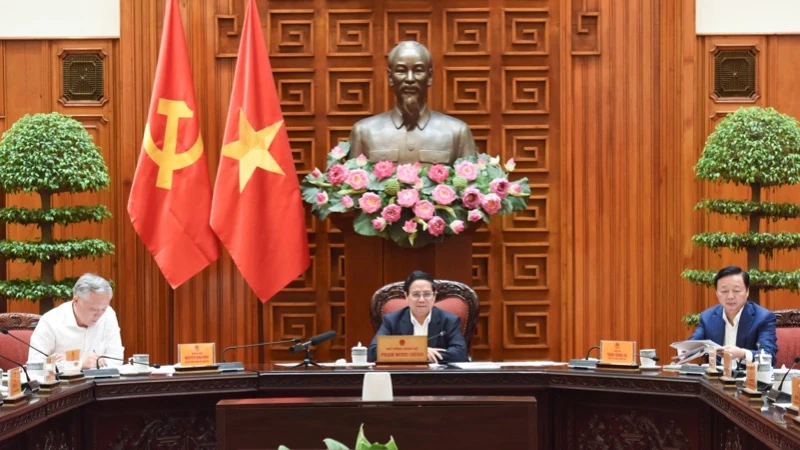








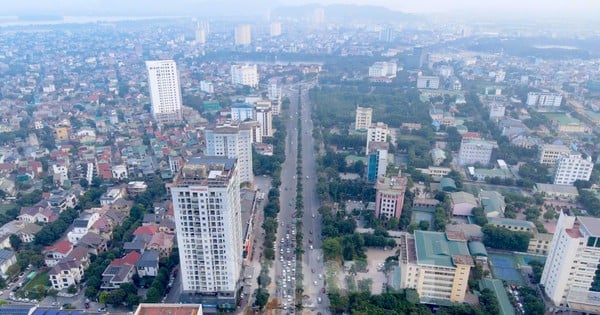
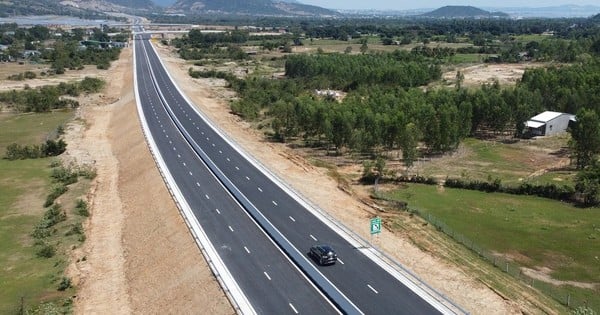







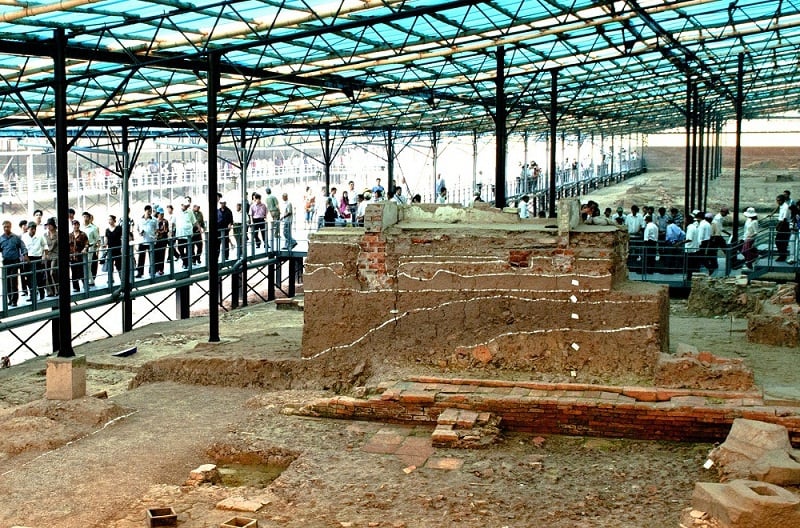
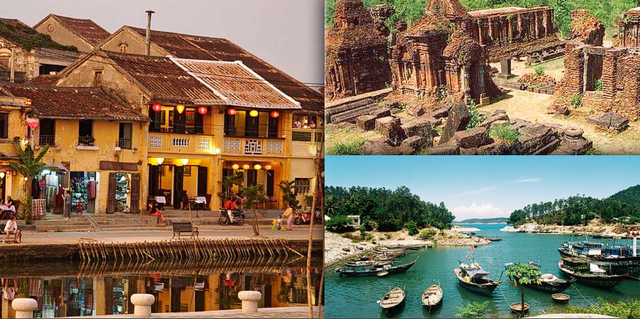
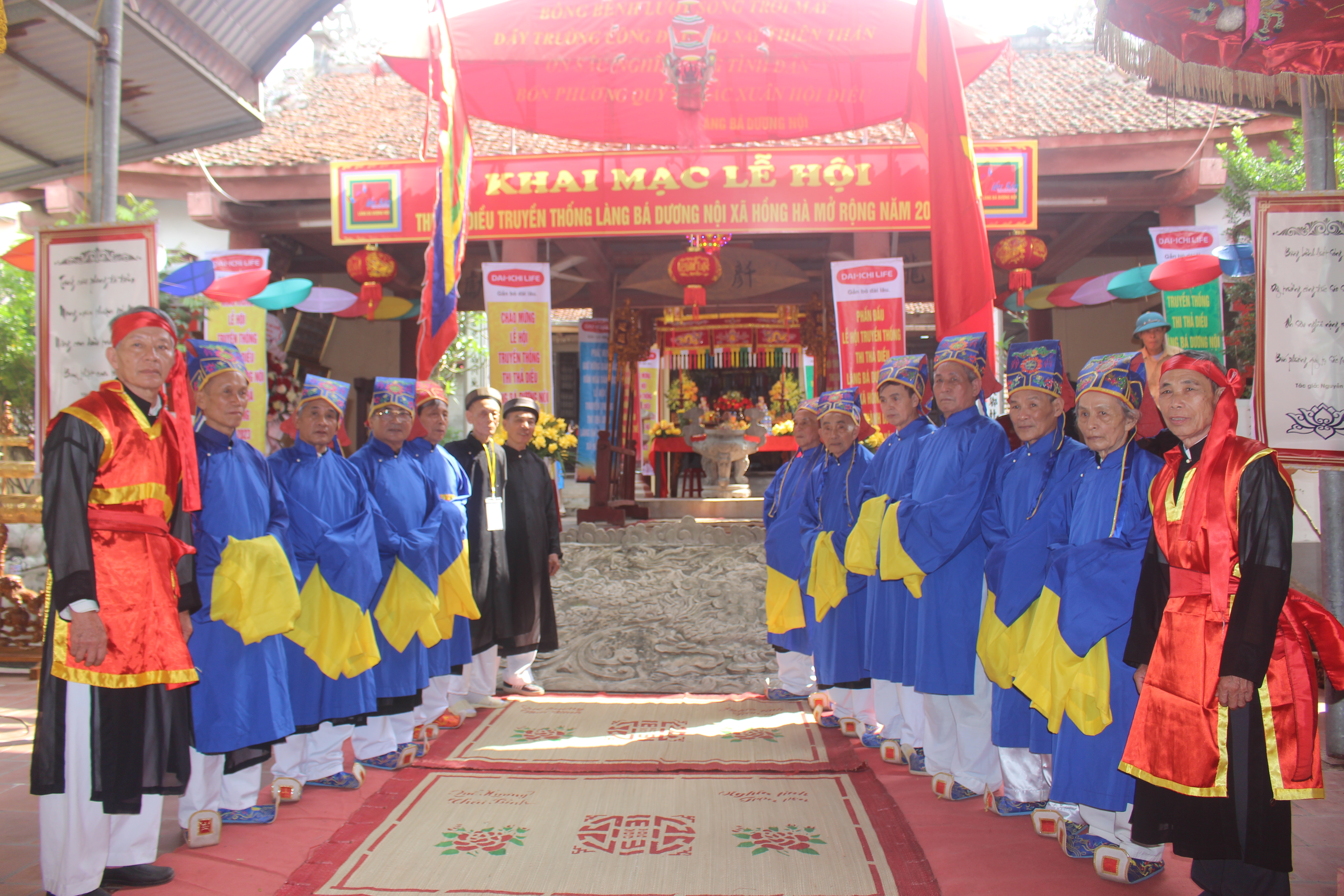
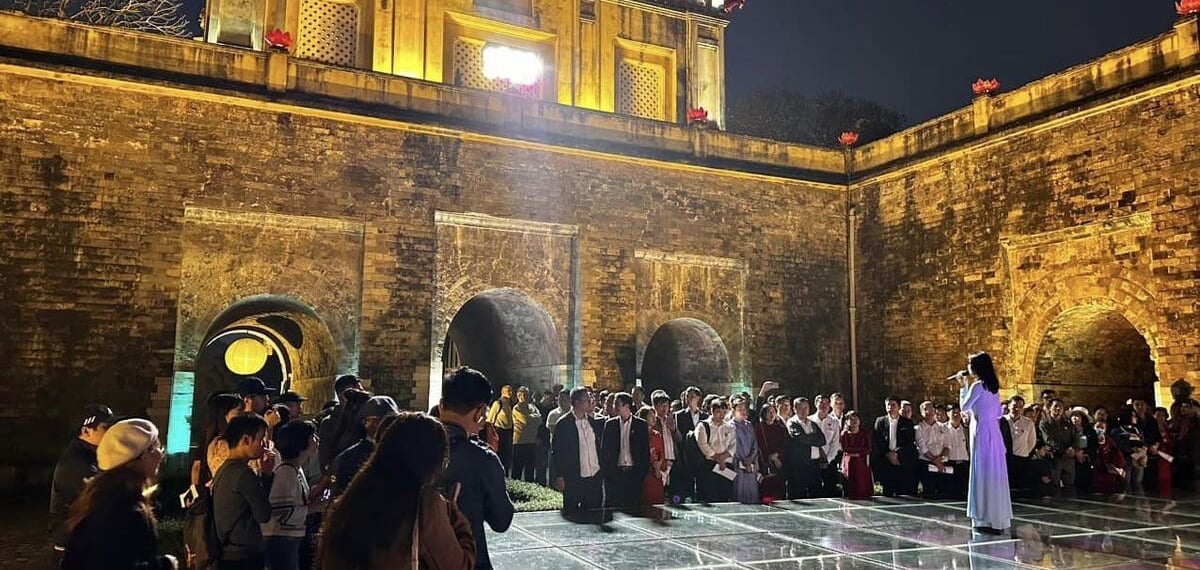
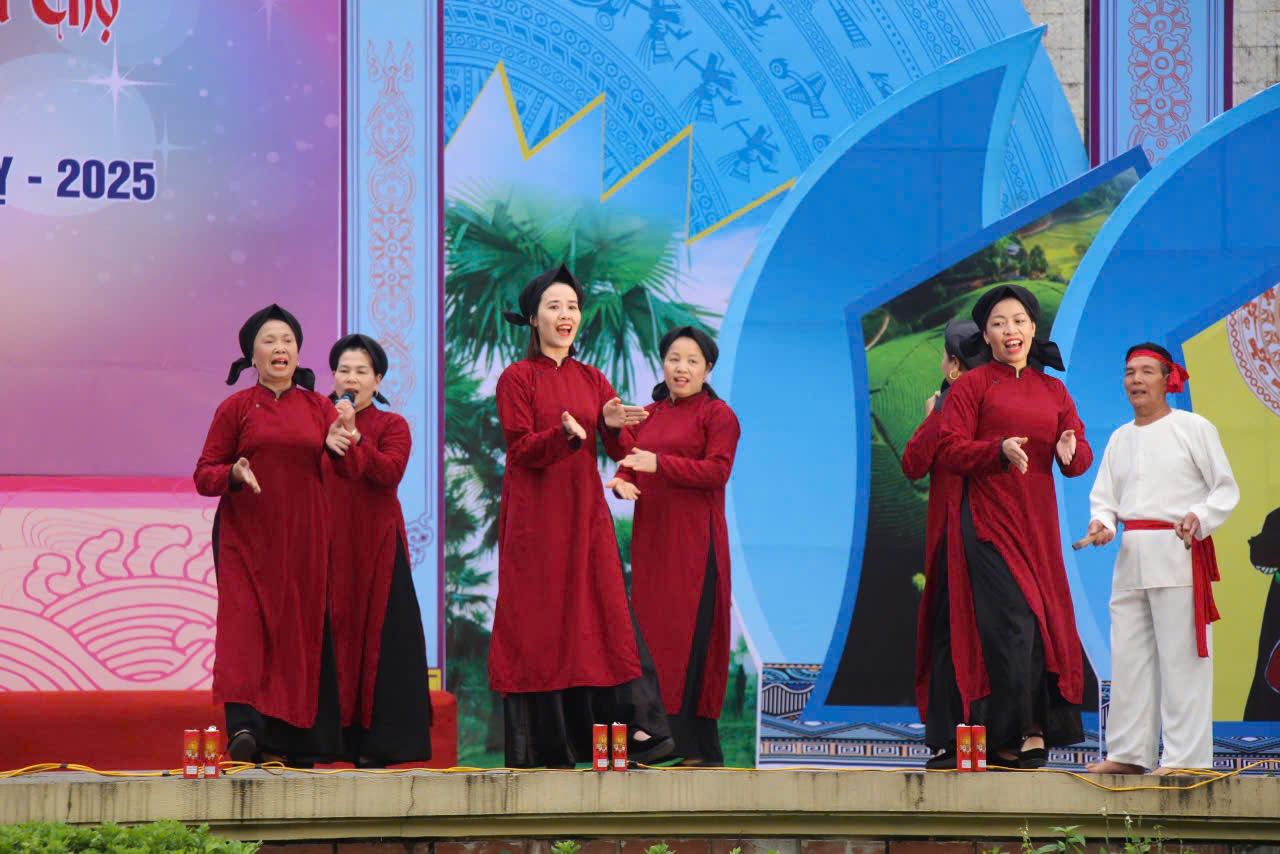





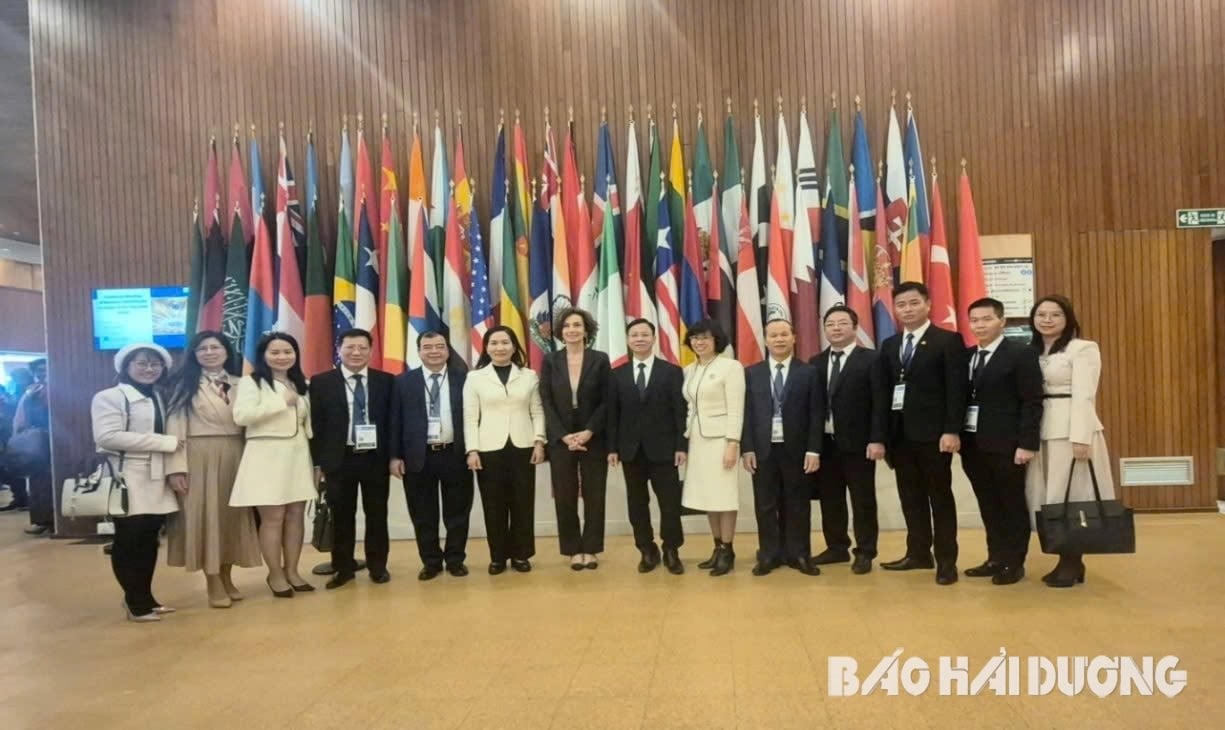

















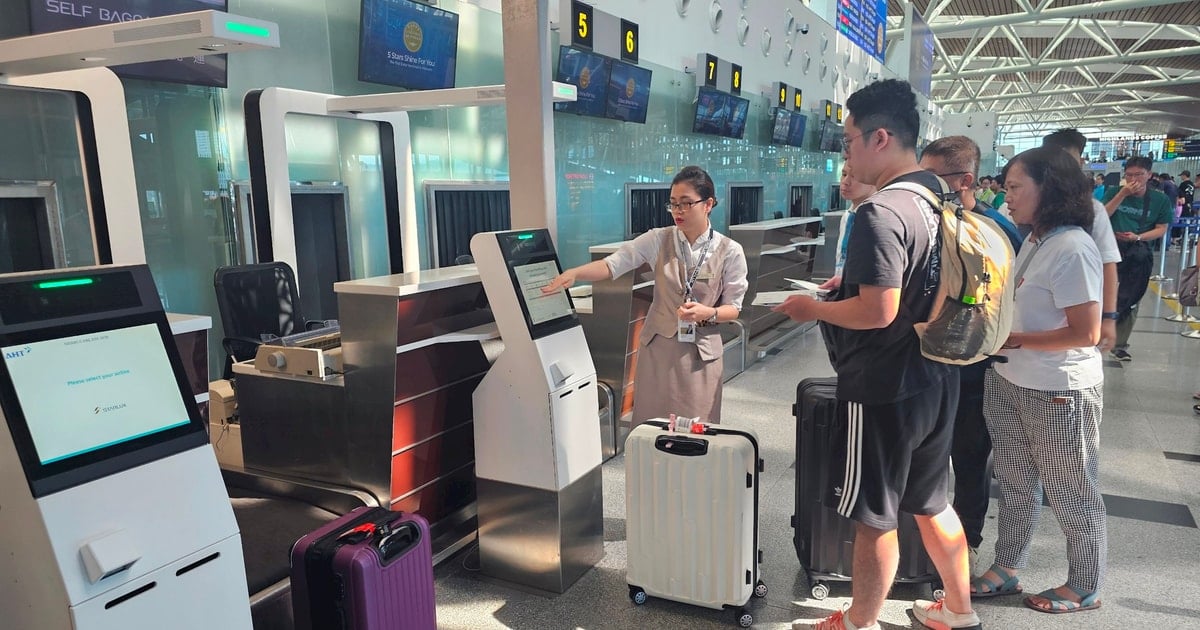


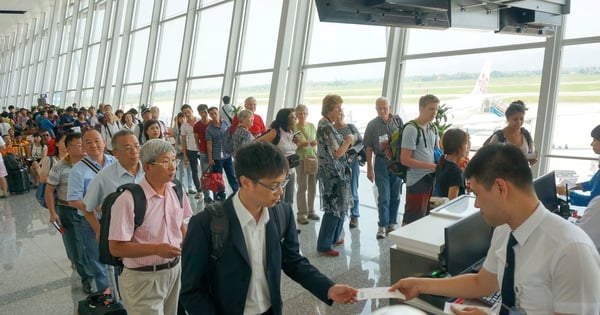


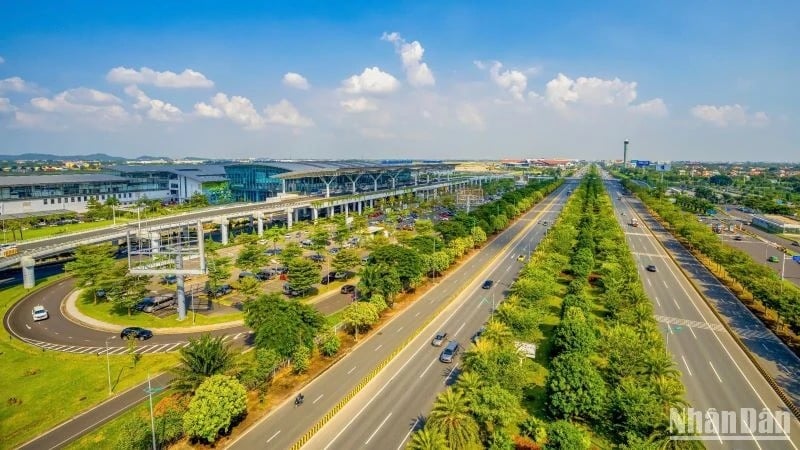



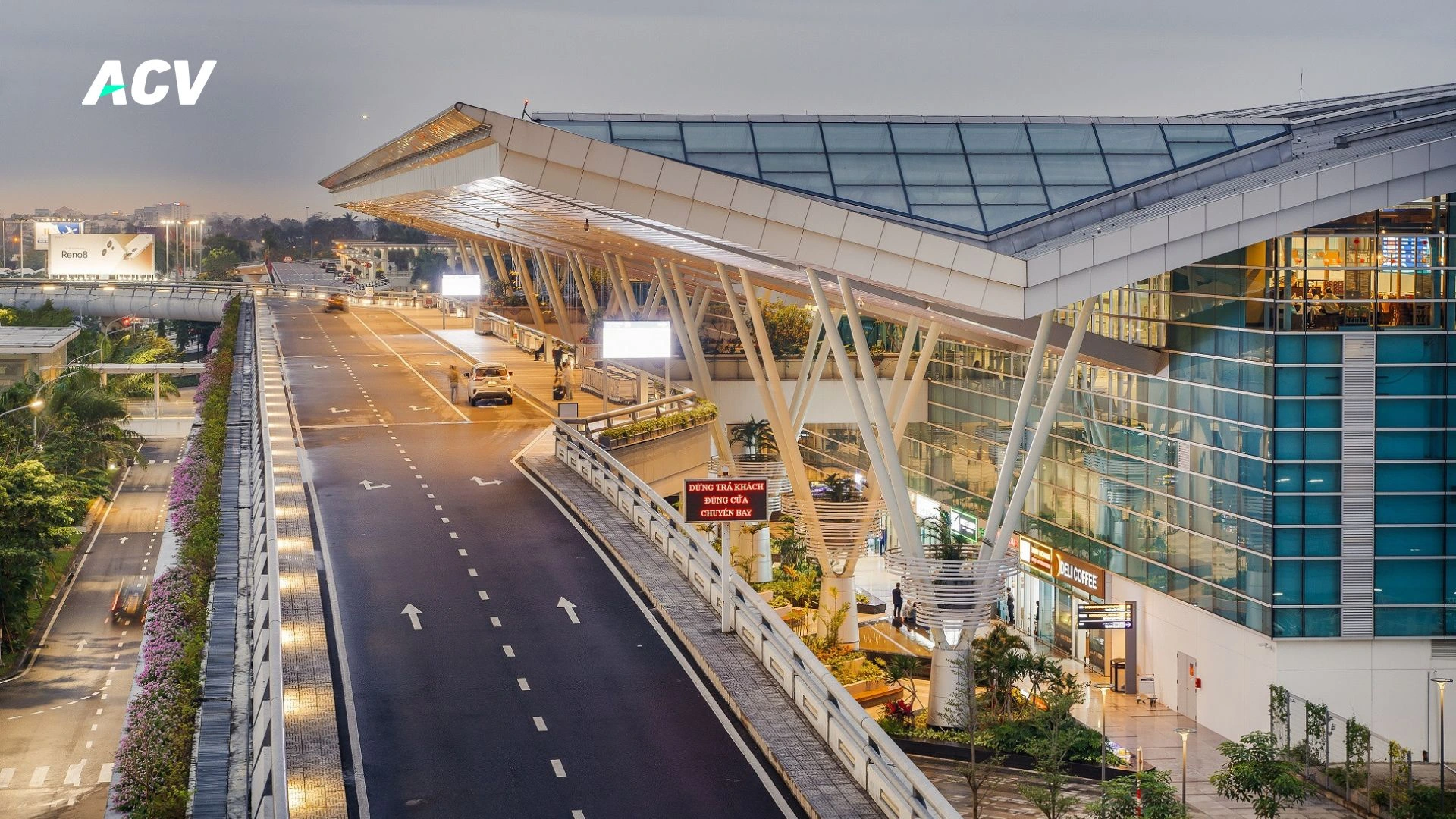

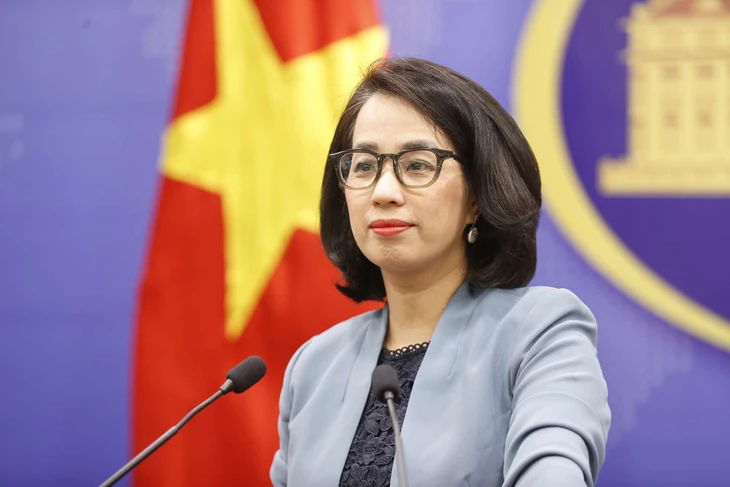

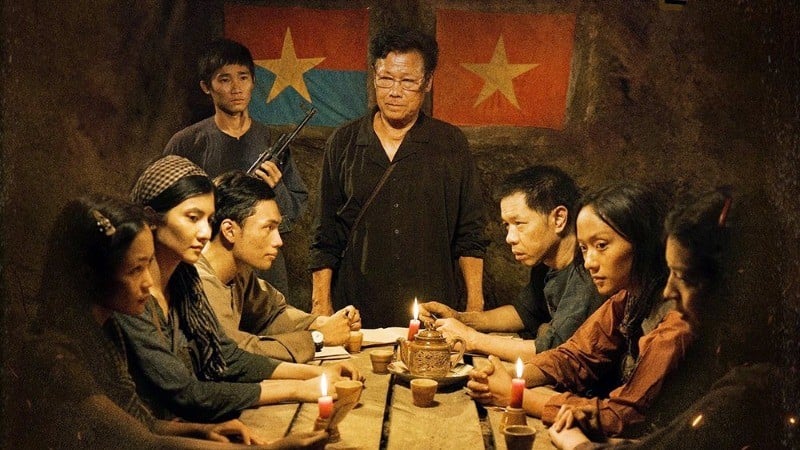



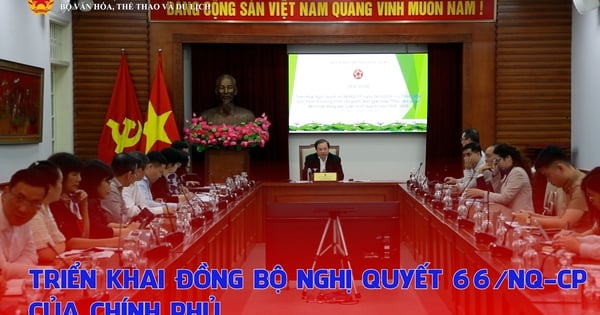


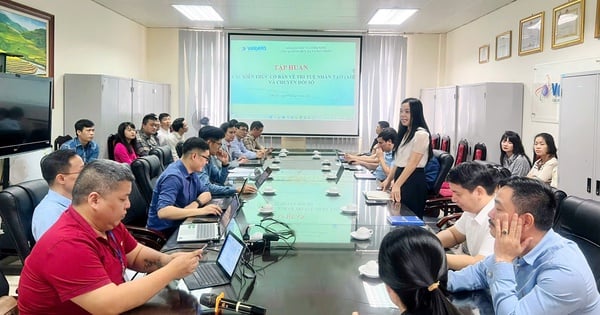



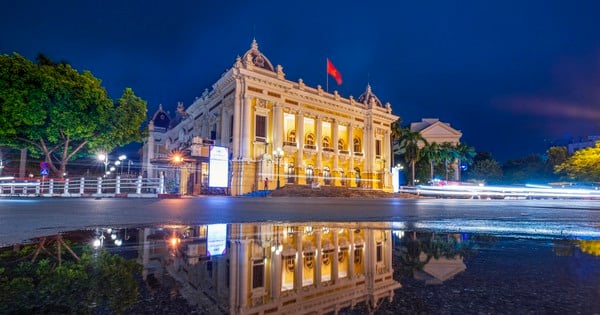
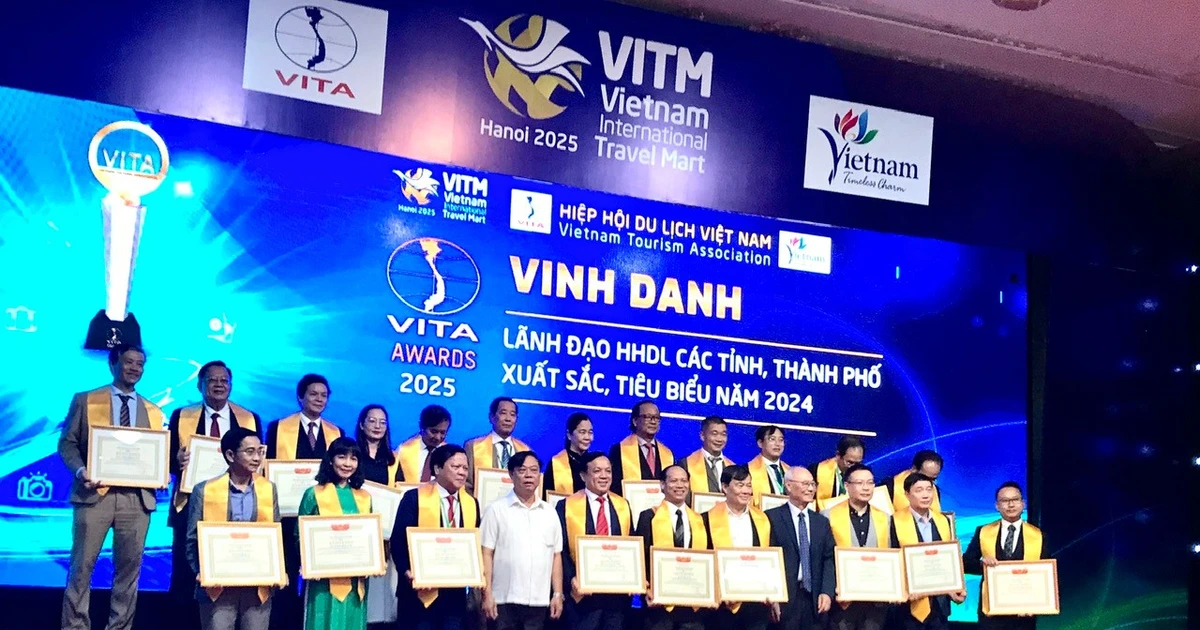





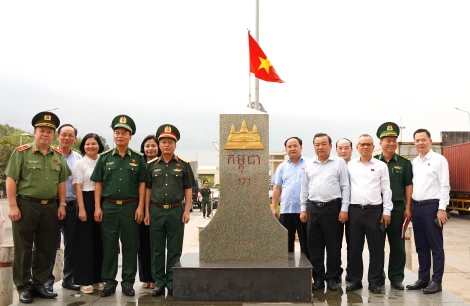


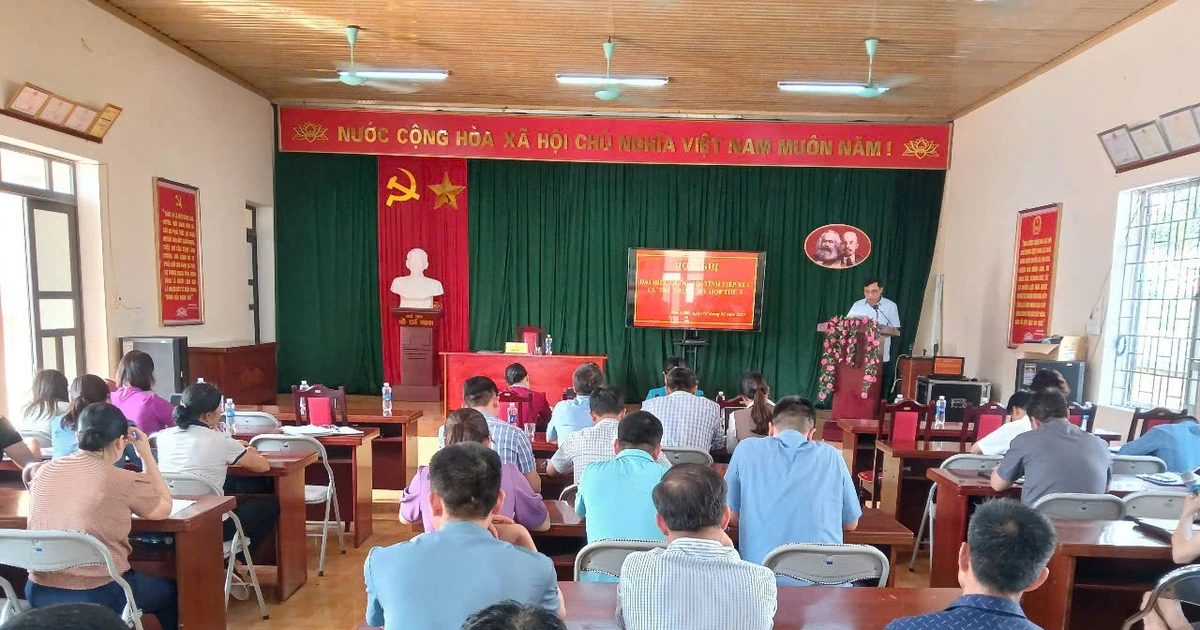






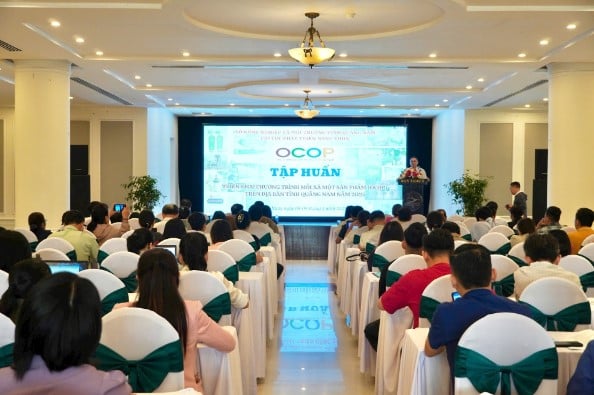


Comment (0)